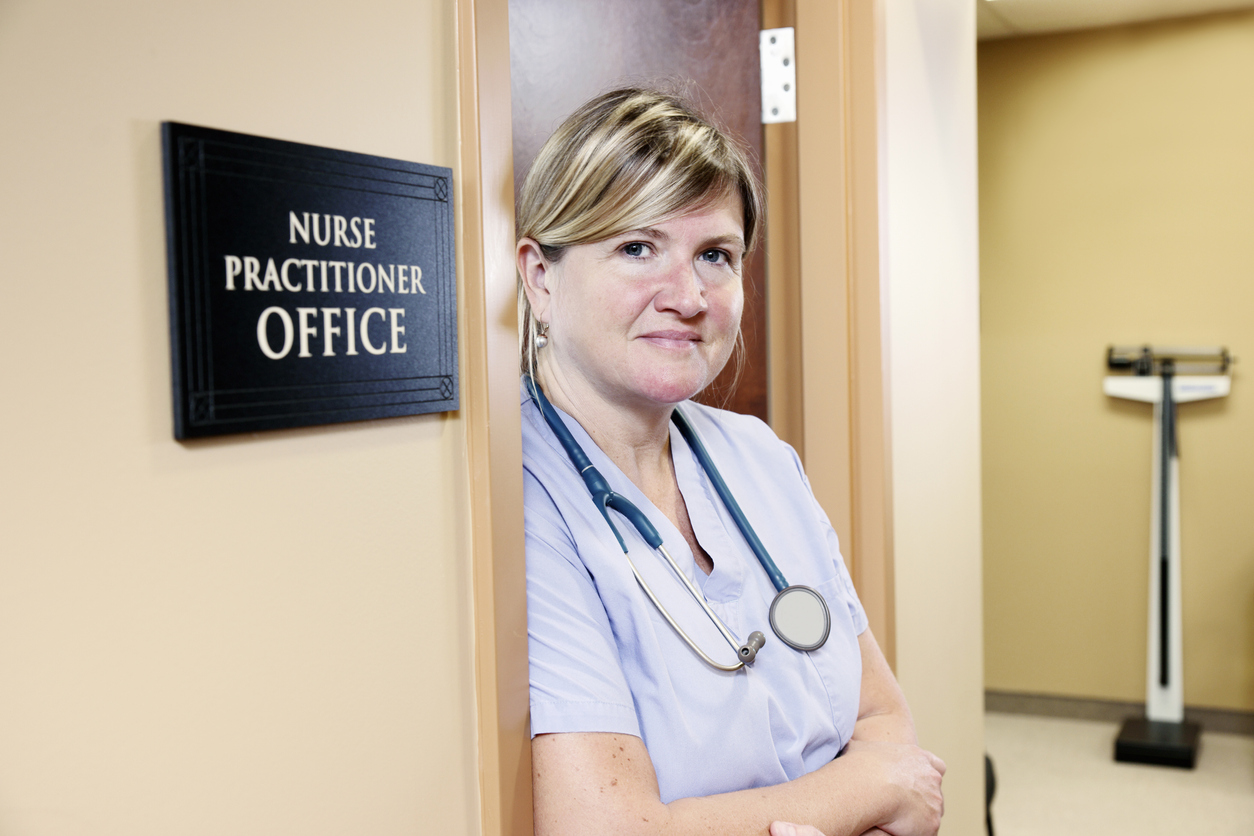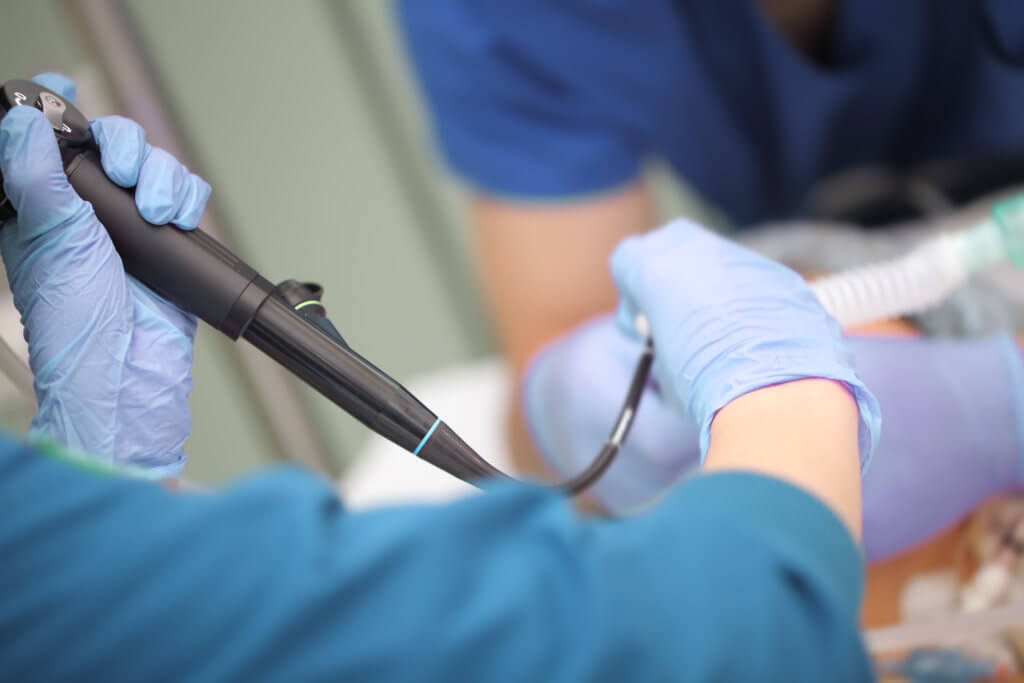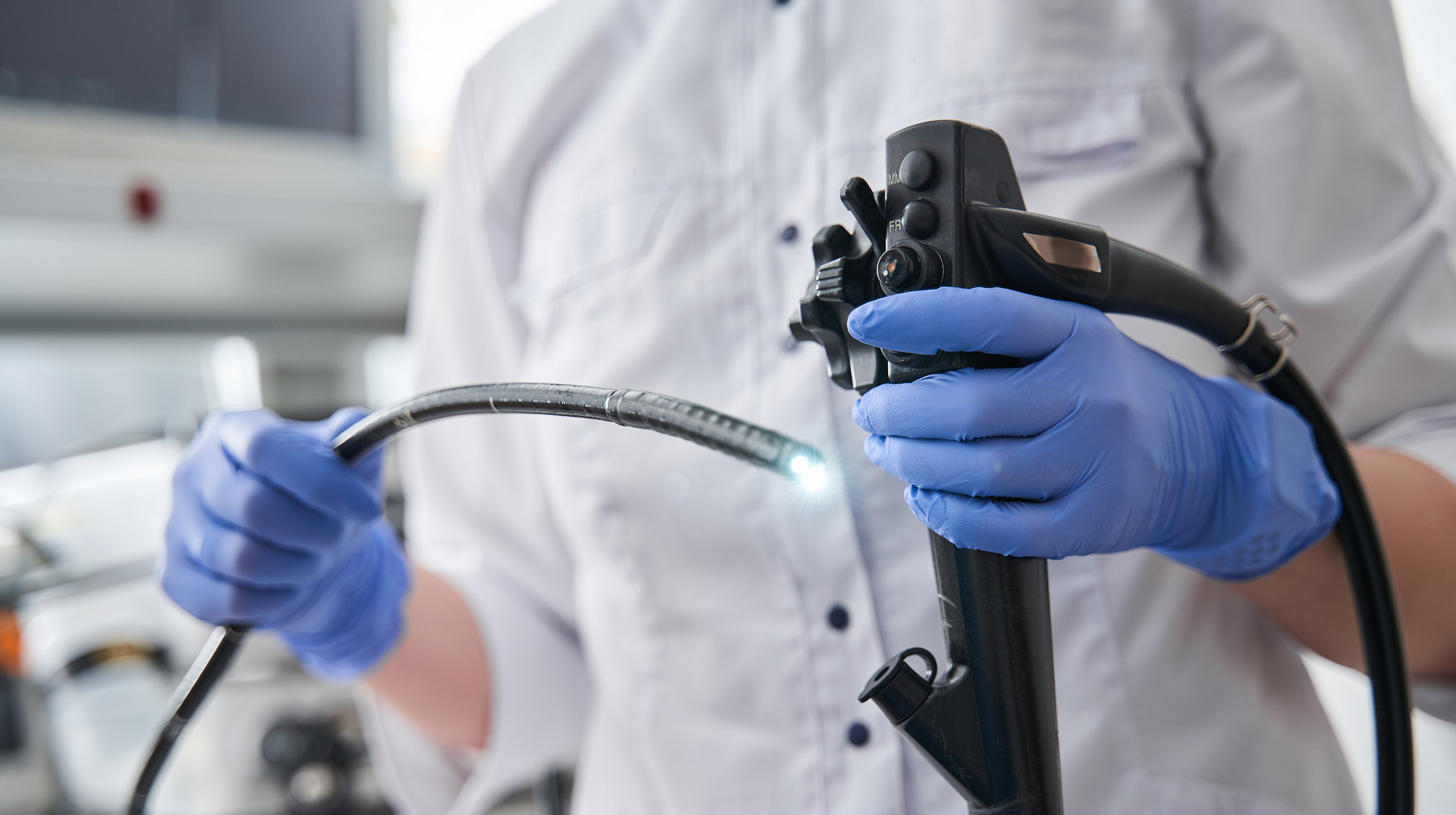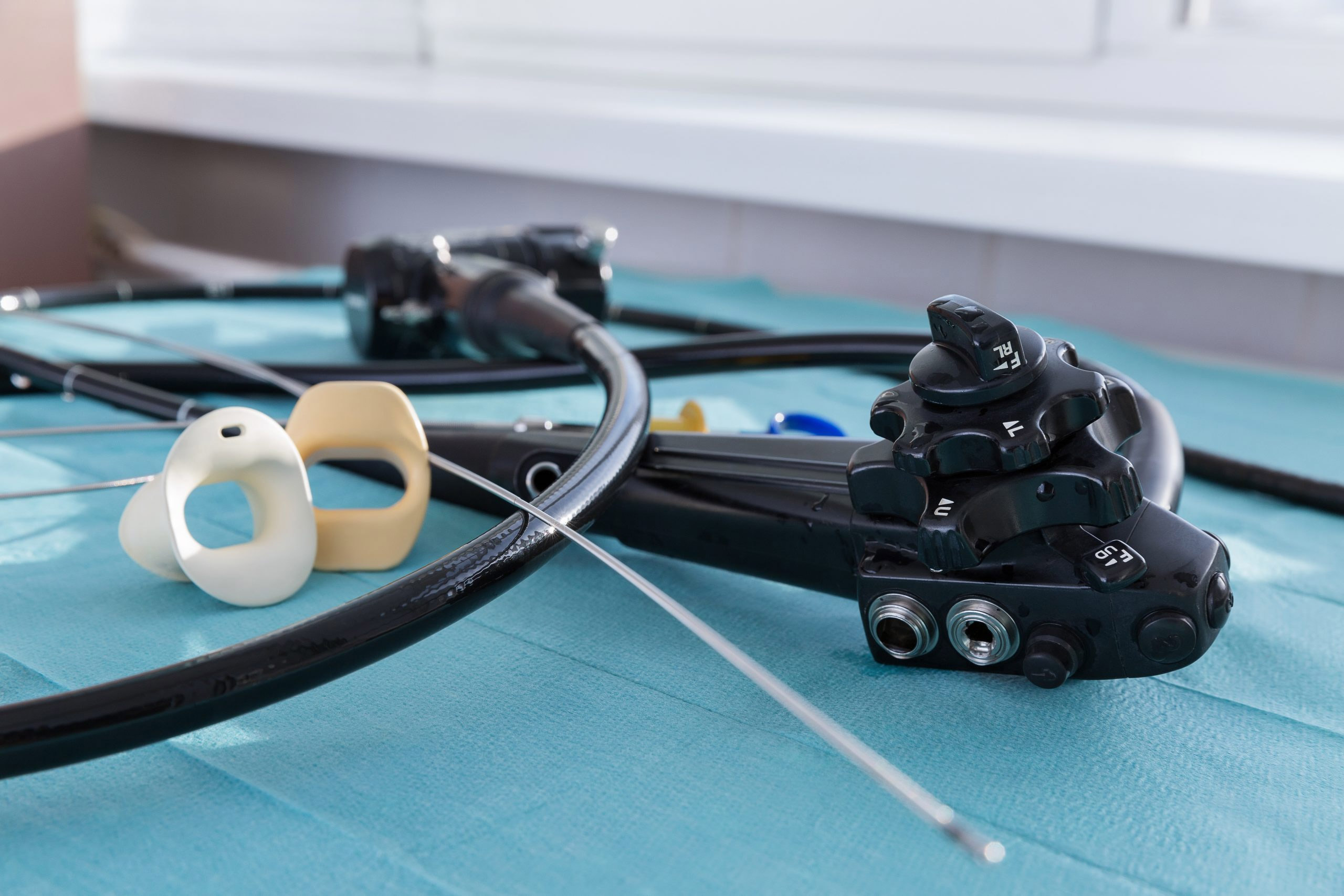
The Society of Urologic Nurses and Associates (SUNA) is celebrating Urology Nurses and Associates Week. This annual event, held Nov. 1-7, provides an opportunity for employers and patients to recognize the important work of urology nurses in caring for patients of all ages.
And, as the number of private practice urologists across the U.S. declines, the role of advanced practice providers – especially nurse practitioners – will be even more important in private practice urology.
“[Urologists are] retiring at a much great rate than we see residents coming into urology and achieving certification,” Diane Neuman, a nurse practitioner, said in an April 2020 presentation on the future of urology. “We’re going to need those advanced practice providers, especially in rural areas where you don't have urologists. We also are going to need them to be able, especially nurse practitioners, to practice to the full of their capabilities.”
The American Association of Clinical Urologists is projecting a shortage of 130,000 physicians by 2025, and half of this shortage is expected to be of specialty physicians like urologists. The organization also reports the average age of a urologist is 52, and close to half of urologists are 55 and older.
As the general population ages and the demand for urologists increases, advanced practice providers such as nurse practitioners and physicians’ assistants are expected to fill in the void left by retiring urologists.
Nurse practitioners in urology may work with patients to diagnose and prescribe treatment for a variety of urinary tract issues or problems with the bladder or kidneys. Unlike registered nurses, nurse practitioners can prescribe medicine, order medical tests, and refer patients to other specialists when required.
For private practice urology, there is now a push for nurse practitioners to have formal training in cystoscopy, to address the decreasing number of physicians as the general population ages and demand for urologists will increase. SUNA recently developed an official training program for nurse practitioners to learn cystoscopy.
Similarly, the American Urological Association (AUA) has advocated for advanced specialty training for nurse practitioners in urology.
The AUA supports a collaborative approach to patient care when it comes to advanced practice providers and physicians, according to a 2015 consensus statement on the subject.
There were more than 3,000 practicing nurse practitioners in private practice urology in 2012, according to the latest statistics from the AUA. In Nov. 2013, 62 percent of private practice urologists reported having advanced practice providers working in their offices.
“We're going to need more and more urologists, but that is probably not going to be the case,” Neuman said in her spring lecture, “NPs and PAs: The Future of Urology.”
“What you're going to see is that growth of the advanced practice provider, that nurse practitioner or physician assistant will grow in these urology practices,” she added.


